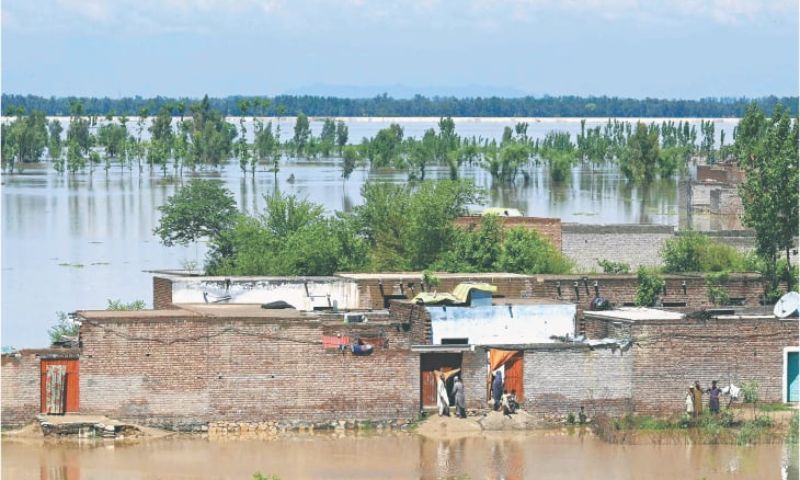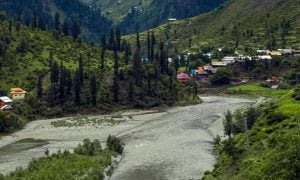ISLAMABAD: Pakistan’s National Disaster Management Authority (NDMA) on Sunday issued a nationwide alert ahead of a fresh spell of monsoon rains expected to hit large parts of the country from July 10, warning of flash floods and urban flooding.
According to the NDMA alert, there is a severe risk of flooding in the rivers and streams of Punjab, Sindh, Balochistan, Khyber Pakhtunkhwa, Azad Kashmir, and Gilgit-Baltistan.
Since June 26, monsoon rains in Pakistan have resulted in at least 66 deaths and 127 injuries due to rain-related incidents, including electrocutions, house collapses, landslides, and drownings, according to the NDMA’s latest situation report.
Flood alert
It warned of high-level floods in the Indus, Kabul, Chitral, Swat, and Hunza rivers, while low-level flood is expected in the Chenab River at Marala and Qadirabad. There is also a risk of flash flooding in the Jhelum River and tributaries in Azad Kashmir.
The NDMA said that heavy rain could also trigger floods in the rivers of Balochistan, especially in the areas of Awaran, Khuzdar, Jhal Magsi, Qila Saifullah, and Musakhel.
Advisory
The NDMA has cautioned the public not to cross streams, flooded roads, and bridges in these areas. It also asked people to stay away from weak structures, brick walls, electric poles, and billboards during storms and heavy winds, as they pose a significant risk.
It said that residents of low-lying areas should immediately move valuable belongings and livestock to safer locations.
It also advised people to keep an emergency kit ready, including food, water, and essential medicines.
All relevant agencies have been directed to make advance arrangements to deal with possible emergencies. The public is also advised to remain vigilant and follow instructions from local authorities.
GLOF alert
Pakistan Meteorological Department (PMD) has already issued a likely Glacial Lake Outburst Flood (GLOF) alert for Gilgit-Baltistan and Khyber Pakhtunkhwa.
A GLOF alert issued by the PMD stated, “Due to a significant rise in temperatures and upcoming weather systems in Northern Pakistan, the risk of Glacial Lake Outburst Floods (GLOFs) is very likely to increase in glaciated areas of Gilgit-Baltistan and Khyber Pakhtunkhwa”.
Climate change effects
Pakistan is one of the world’s most vulnerable countries to the effects of climate change, and its 255 million residents are facing extreme weather events with increasing frequency.
The country is facing increasingly frequent and intense weather events such as heat waves, droughts, and torrential rains.
According to the UN Environment Programme (UNEP), Pakistan contributes less than 1 percent of the world’s greenhouse gas emissions, which is insignificant when compared to developed nations.
In 2022, a combination of heavy monsoon rains and glacial melt caused catastrophic floods that killed more than 1,700 people and caused damage estimated at over $33 billion.
























